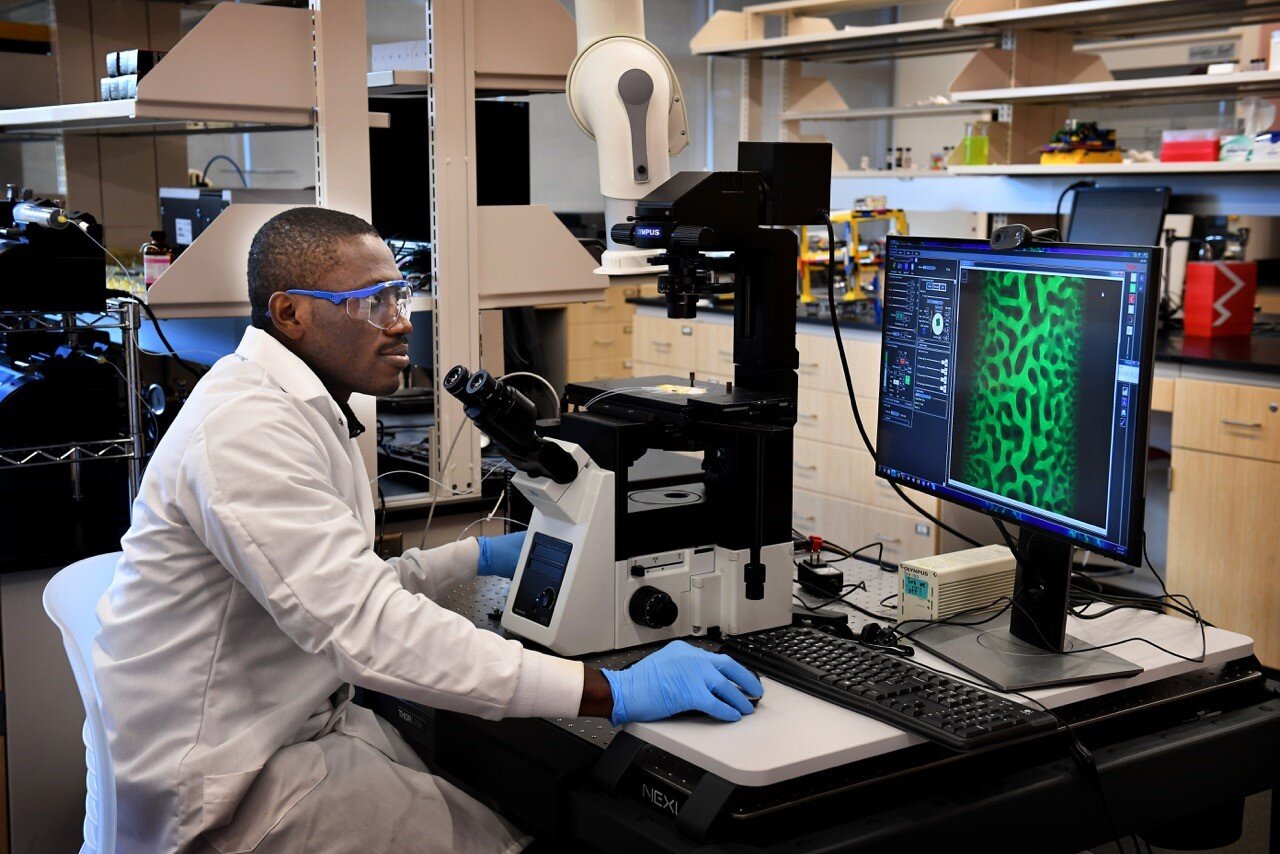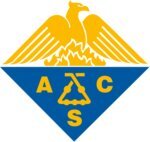
Welcome to the homepage of the Haase research group!
We are a group of physical chemists and chemical engineers specialized in colloid- and interface science. Our work in this field thus far has led us to our current research focus: Non-equilibrium soft matter structures. To engineer these structures, we employ the interfacial self-assembly of suspended or dissolved materials. Using this approach, we have bettered the understanding of molecular behaviour at interfaces and developed several original and unprecedented materials. These systems have simple components that interact to undergo complex processes. Our research aims to answer fundamental questions about these processes and to realize the emerging potentials of these materials by exploring the intersections of colloid and interface science with transport processes, chemical synthesis and fluid mechanics.
Our research group is currently located in two different places: Utrecht University and Rowan University. At Utrecht University, we do research in the famous Van't Hoff Laboratory of Physical and Colloid Chemistry. The van't Hoff lab is part of the broader cluster of the Debye Institute of Nanomaterials Science. At Rowan University we work in the laboratories of the Department of Chemical Engineering.
Our group at Utrecht University is funded by the ERC-Starting Grant "3D-FABRIC", by a NWO Vidi grant "Bijel templated membranes for molecular separations", and at Rowan University by the American Chemical Society.



